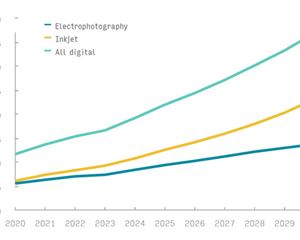Colour Management - Part Twenty Three
Kiran Prayagi, print technologist and chairman, Graphic Art Technology & Education demystifies colour management in a series of articles. In this twenty third article, he discusses Colour Gamut Mapping.
21 Oct 2013 | By Kiran Prayagi
In modern digital workflows from prepress to press there are no standardized ways of communicating all aspects of colours in the whole value chain. This is why Colour Exchange Format (CxF) was developed. CxF supports, automates and simplifies the color communication of colours within a digital workflow. CxF is an XML based data format which can be seamlessly integrated into an internet-based workflow and can be used independently of platform and programming language. XML (Extensible Markup Language), which is oriented to SGML, defines how a data set should be described. XML is sometimes referred to as metadata.
With the free Software Development Kit (SDK) from X-Rite, implementation in other colour management applications, RIPs, proofers, measuring devices, printing processes and colour applications can be achieved.
Fluorescent materials, such as optical brightening agents are used in textile, paper manufacturing, etc. These materials absorb light in the ultra violet region below 380 nm and emits at longer wavelength in the blue part of the spectrum. This gives the appearance of extra whiteness as in some cases blue light reflected from the sample is more than blue light incident on it due to the conversion of UV radiations into blue light emission. As a result the fluorescent material looks brighter than the non-fluorescent material. The measurement of fluorescent colours and its blue light emission can be compared by measuring without filter and then with UV cut filter that prevents UV light falling on the sample, see figure 3.

Figure 3 - fluorescent sample measurement, red line without filter, broken line UV cut filter
Reasons and examples of colour appearances
Joshi appropriately describes what is ART, his explanation is :
A absorption of the light rays by the object being perceived
R reflection or refraction of light rays
T transmission of light rays















 See All
See All